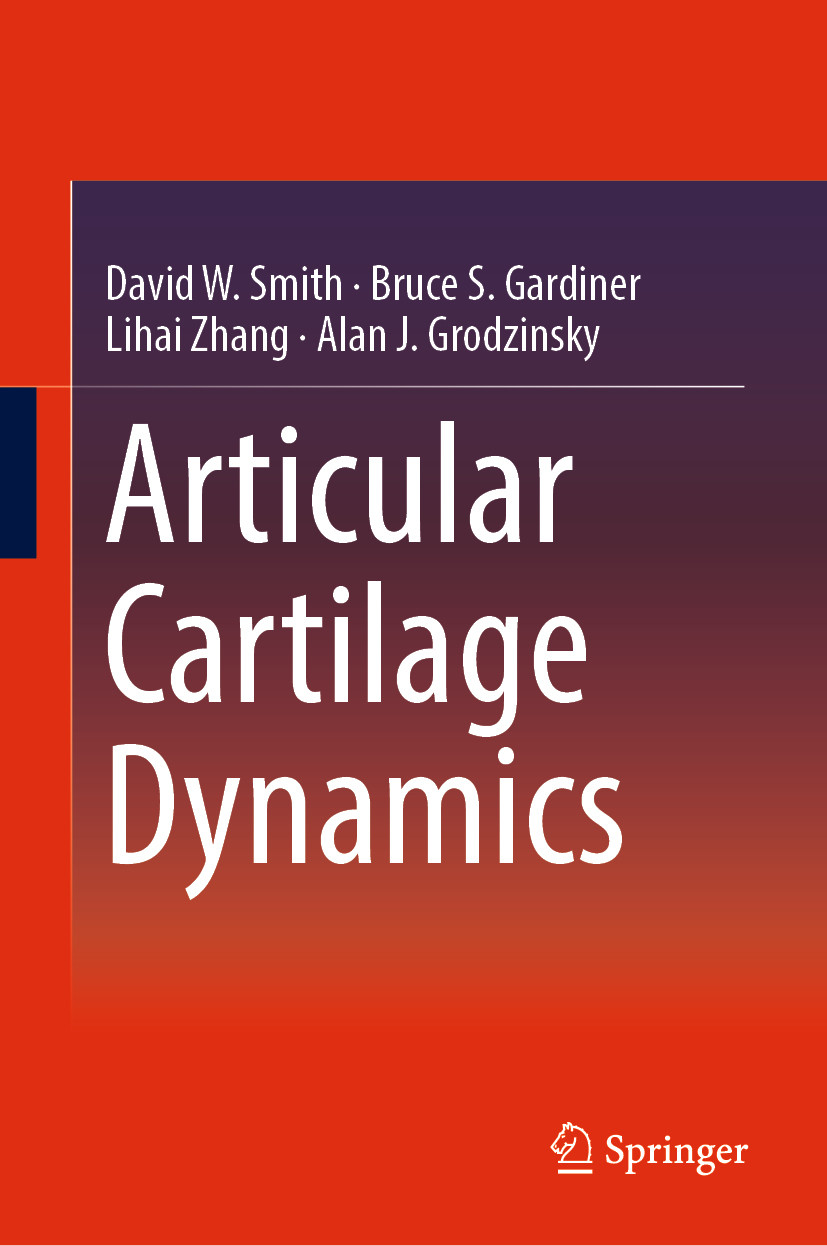Articular Cartilage Dynamics
| Auflage | 1. Auflage, 2018 |
| Verlag | Springer-Verlag |
| ISBN | 9789811314742 |
Produktbeschreibung
This book explains the anatomy and physiology of cartilage tissue in an integrated way. The emphasis is on how cartilage tissue functions and maintains homeostasis in a challenging mechanical environment. Supported by hundreds of references, the book posts new hypotheses explaining how cartilage adapts and achieves homeostasis in vivo, and tests them against available data. This exploratory approach creates a sense of discovery that the reader can join, or perhaps test themselves through their own research. The main benefit will be obtained by research students and professors looking to understand the deeper concepts that will further their own research, or clinicians (including health professionals and surgeons) who want to gain a deeper physiological understanding of cartilage tissue, which can then serve as a basis for more rational clinical decision-making they need to make on a daily basis. To help bridge the gap between basic science and clinically relevant joint disease, applications and interpretations of key physiological concepts are discussed in the context of osteoarthritis at the end of most chapters.
David W. Smith is the Research Professor of Biomedical Engineering at the University of Western, Australia. After initially studying medicine for four years, David graduated with a First Class Honours Degree in Civil Engineering from The University of Sydney in 1986. In 1990, he was awarded a PhD from The University of Sydney for numerical analysis of a proposal to dispose of radioactive waste in the ocean floor. Since that time, David has been a career academic, teaching civil engineering at the University of Newcastle (AU) biomedical engineering at the University of Melbourne, and researching geotechnical, geoenvironmental and biomedical problems. He was appointed Professor of Biomedical and Environmental Engineering at the University of Melbourne in 2004 and Research Professor of Biomedical Engineering at the University of Western Australia in 2009. David is generally interested in all problems in computational biology, including cellular signal transduction, bone, cartilage, tendon, cell mechanics, physiology of the kidney, problems in developmental biology and others.
Lihai Zhang is an academic staff in the Melbourne School of Engineering at The University of Melbourne. He is the Founding Director of Melbourne-Shenzhen Rehabilitation Research Centre and Editorial Board Member of International Journal of Applied Mechanics (World Scientific). He is also an Adjunct Associate Professor in the Department of Medicine, Faculty of Medicine Nursing and Health Sciences at Monash University. Dr Zhang is best known for his expertise in numerically modelling of fluid flow, mass transfer, and reactive transport in deformed porous media as well as the development of advanced stochastic analysis methods. His extensive experience in multidisciplinary research and program development gives him a leading advantage and a unique angle to solving outstanding human health problems in the areas of Orthopaedic Biomechanics & Mechano-Biology.
